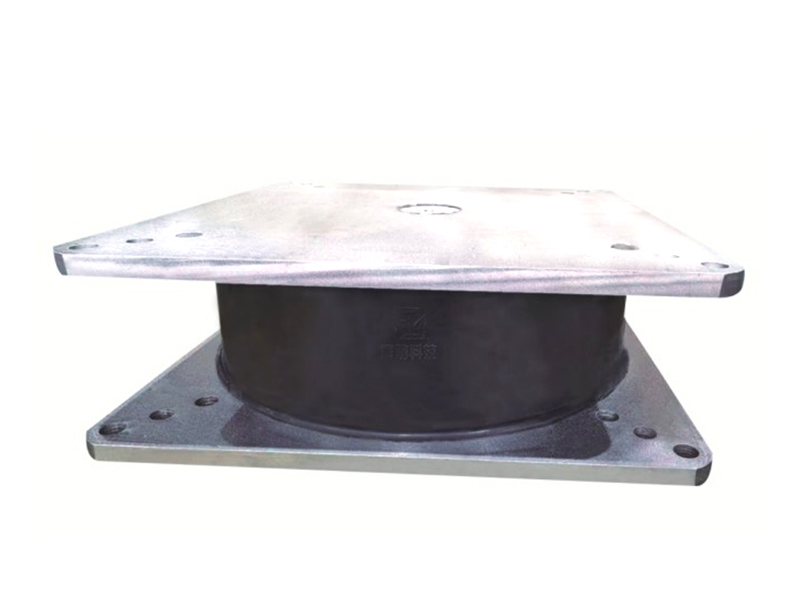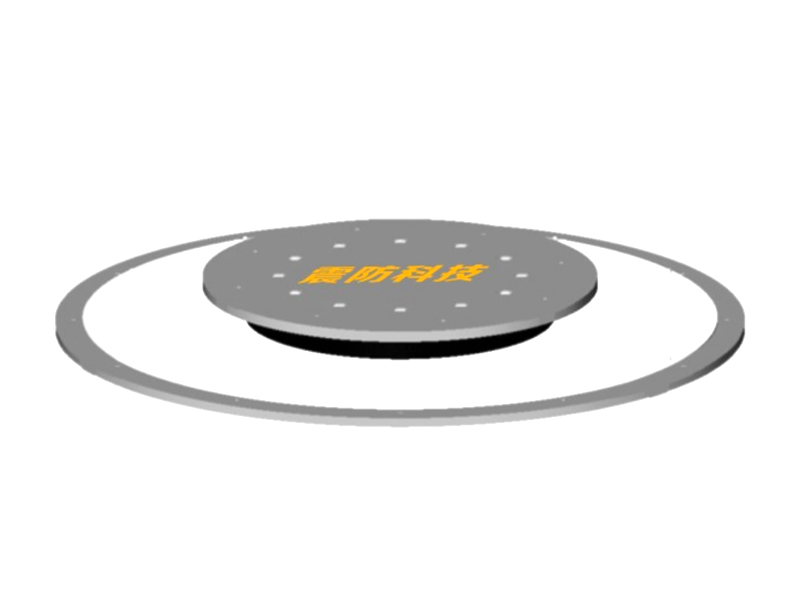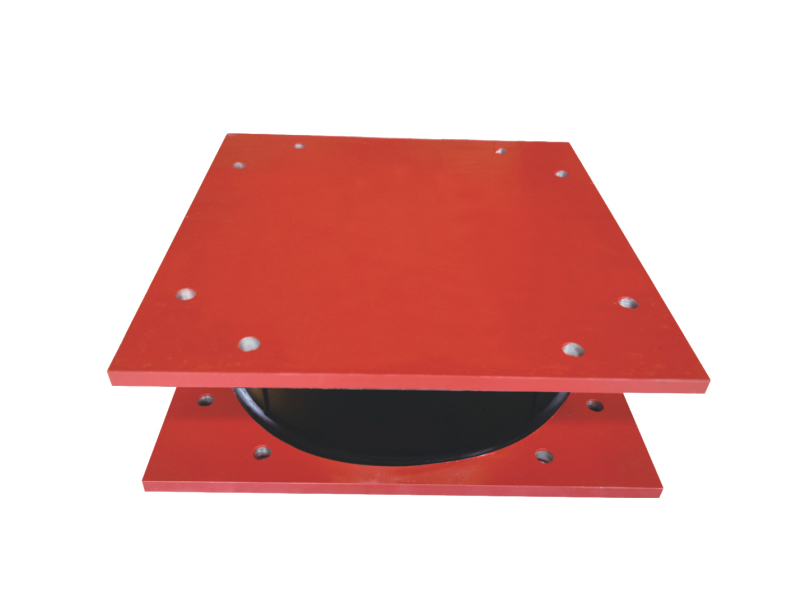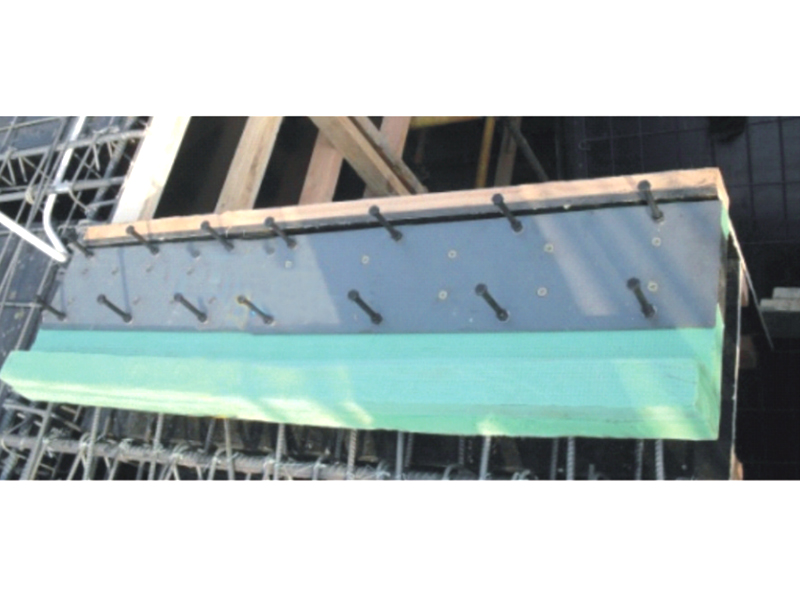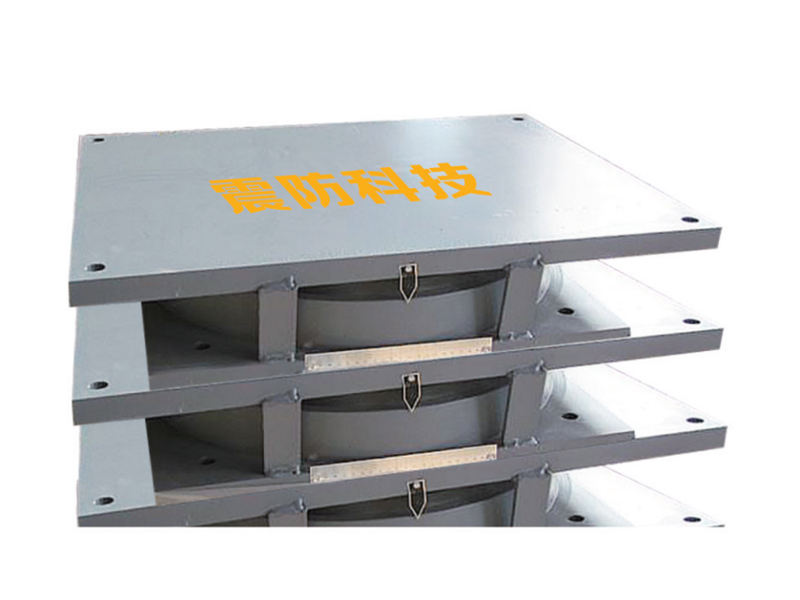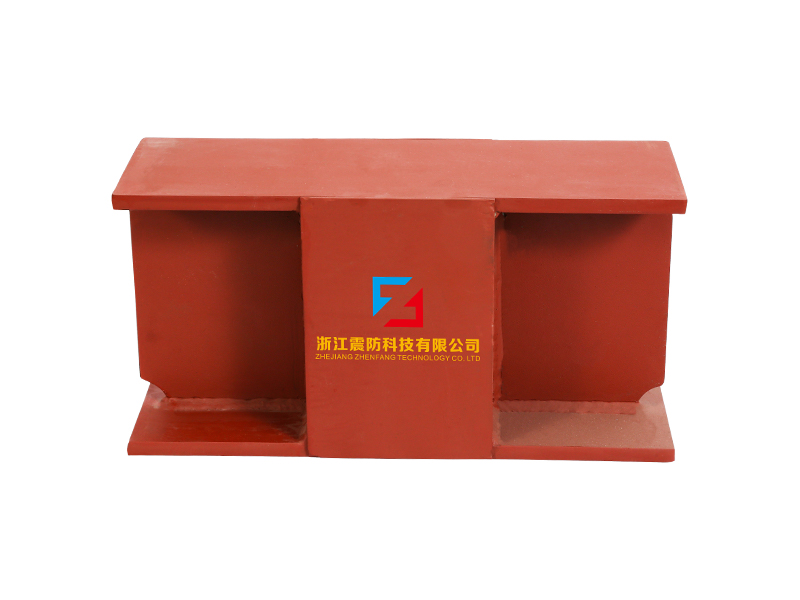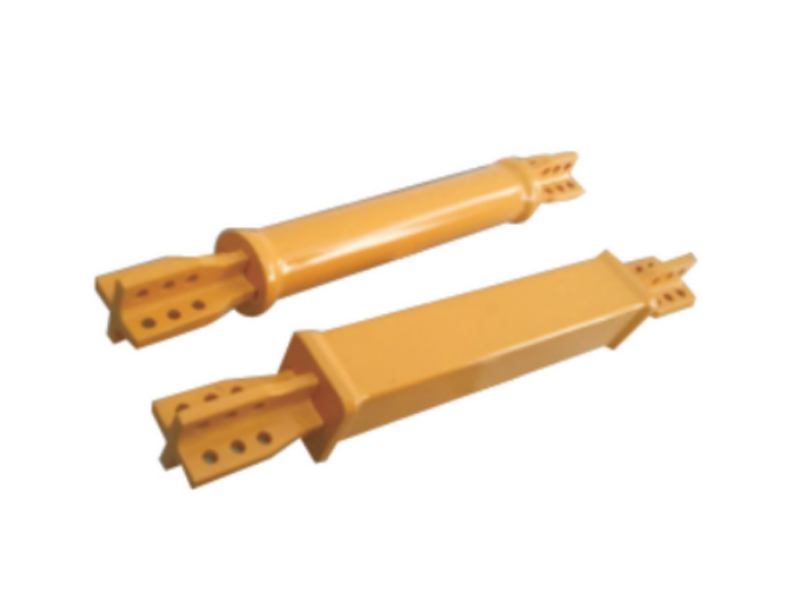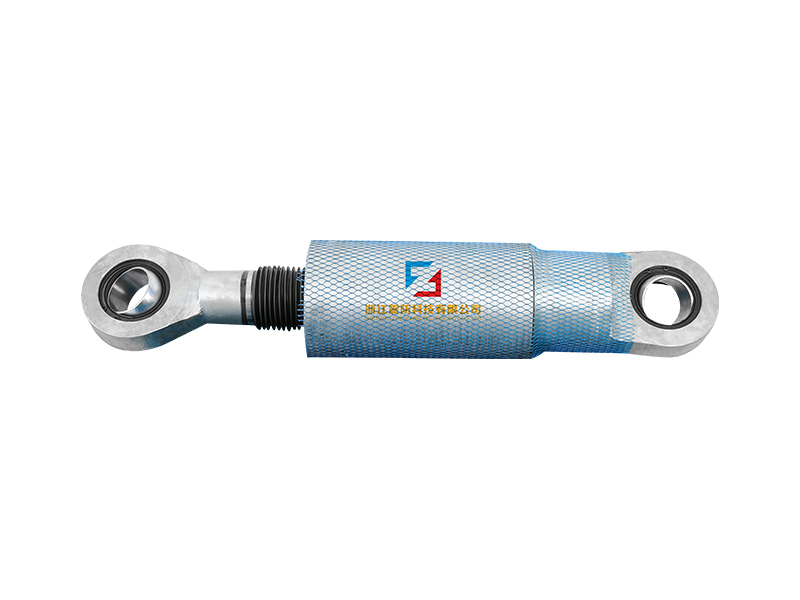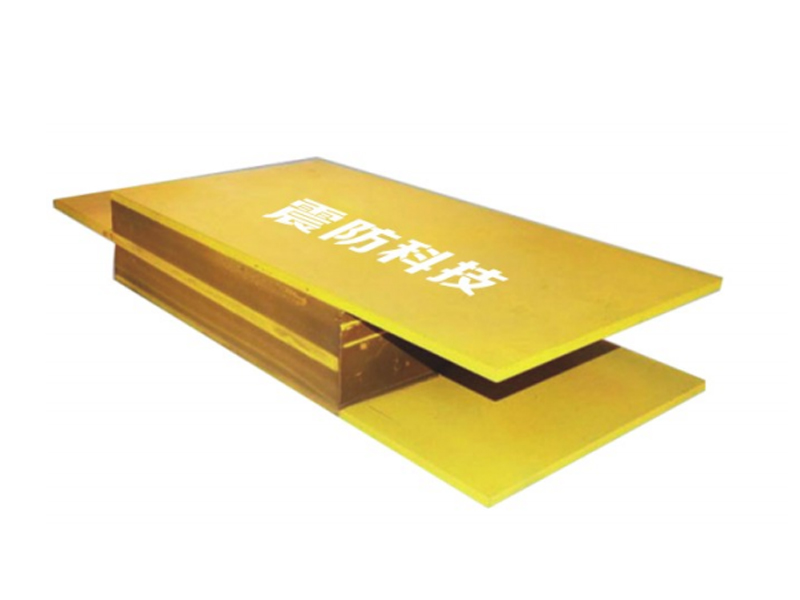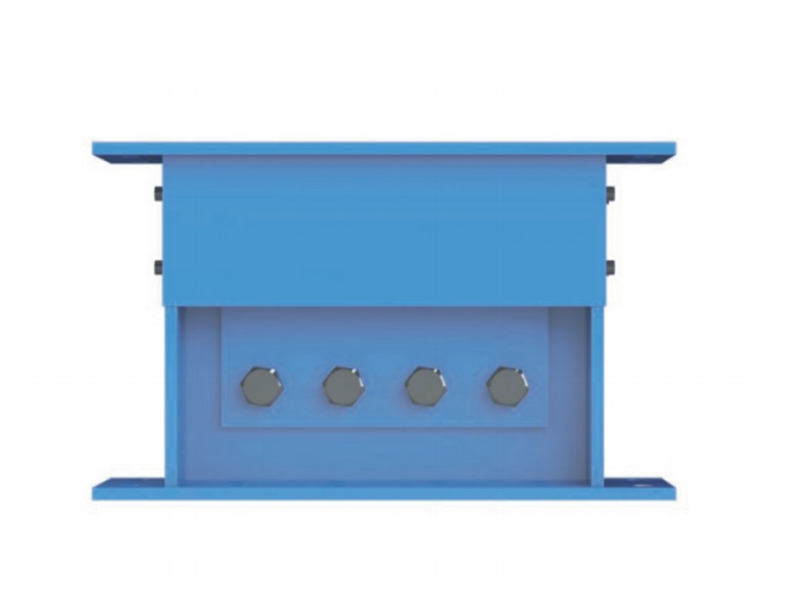Sliding type seismic isolators
Sliding type seismic isolation bearings are designed to minimize the impact of earthquakes on supported structures. They reduce the cost of isolation bearings, seismic gaps, and structural frames. The inventive design of the bearings utilizes specific configurations to increase effective friction. In a single seismic isolation bearing, there are three types of sliding couples. Each of these sliding couples has an independently adjustable friction between u = 0.005 and u = 0.07, which results in a highly reliable damping ratio.
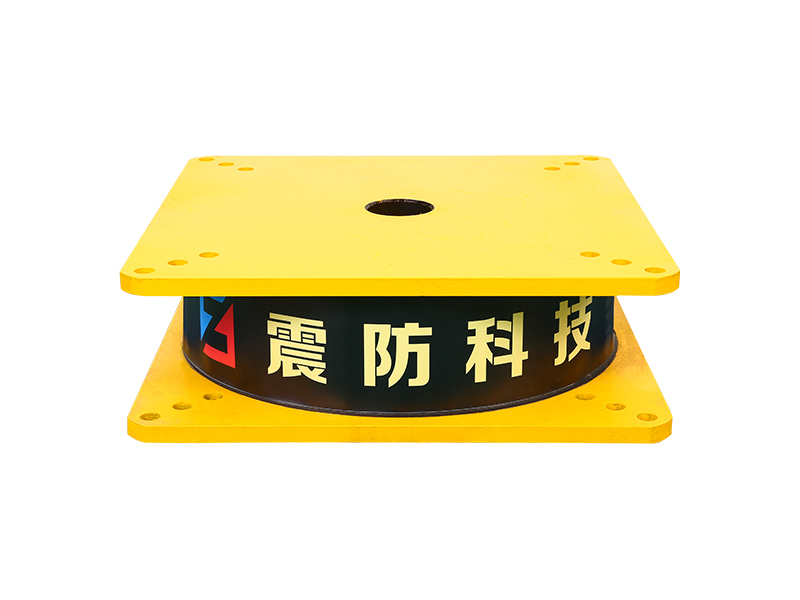
A sliding-type seismic isolation bearing consists of top and bottom plates. These plates slide on a disc that provides friction damping and dissipates seismic energy. A PTFE friction disc on the disc provides primary stiffness and sliding resilient friction to dissipate the energy generated by seismic loading. PTFE friction discs minimize the displacement of sliding seismic isolation bearings. PTFE discs can withstand a ten-foot earthquake, which is equivalent to about 20 football fields.
LRB
A Seismic Isolation Bearing is a device that isolates a structure from the earth's movement. This device is composed of an upper and lower plate with a concave surface that contacts each other evenly. The first plate is surrounded by a shock-absorbing pad. The second plate has a polytetrafluoroethylene piece embedded in the convex surface. During an earthquake, this piece contacts the lower plate's concave surface.
Seismic isolation bearings are often used to mount structures. This type of bearing is sometimes referred to as base isolators. However, they are not suitable for single column bents. However, they can be used in other situations, like in bridge widening projects, where the demands can be reduced. These are just a few of the benefits of using Seismic Isolation Bearings. If you are interested in learning more about the benefits of seismic isolation bearings, please read on.
EQS
The EQS seismic isolation bearing system enables structures to withstand earthquakes, but it is not immune to their effects. Large displacements during major earthquakes may cause considerable damage to structures that are not seismically isolated. In metropolitan areas, the cost and practical constraints make wide seismic clearance impossible. Moreover, pounding is a common phenomenon during major earthquakes, and the pounding can eventually result in the collapse of a building.
Limitations of seismic isolation devices
The design of seismic isolation systems is based on the premise that it is possible to decouple structures from the ground and still protect them from damaging earthquake motions. Additional flexibility and damping are provided at the base of the structure to control deflections across the isolation interface. However, this approach is not without its limitations. Listed below are some common limitations of seismic isolation systems. Weighing these limitations against the advantages, it is essential to choose the right system for your project.
Although many types of isolation systems have various dynamic properties and functions, all of them are not perfect and have limitations. But the primary purpose of such devices is to protect structures from seismic forces as efficiently as possible. Many types of seismic isolation systems are patented and are not widely available. Research and development efforts may be directed toward developing more effective and reliable isolation devices. But the design criteria for an effective isolation system are not straightforward. Here, we present a simplified design methodology and some limitations of seismic isolation systems.



